City of Darkness: The Amazing Fate of Kowloon Fortress City
By Pictolic https://pictolic.com/article/city-of-darkness-the-amazing-fate-of-kowloon-fortress-city.htmlHundreds of high-rise buildings huddled together, narrow passages between them that did not know sunlight, children who, for lack of an alternative, played on the roofs of buildings, the kingdom of secret triads, opium dens and brothels. In 1987, about 33 thousand people lived here on a small plot of 2.6 hectares. This area of Hong Kong has already become history, but at the same time it has also remained a model of the monstrous extent to which compaction can reach. The amazing fate of the fortress city of Kowloon in our review.
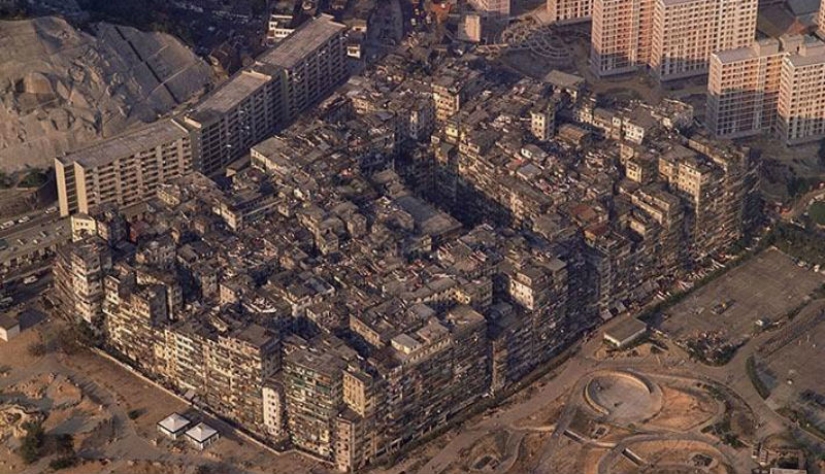

1841. Great Britain is waging a successful war against the Chinese Qing Empire. At the heart of the conflict is the desire of the British crown to sell more and more opium to the local people on the one hand and the audacious decision of some Chinese officials to ban the import into The celestial Bengali drug - on the other.
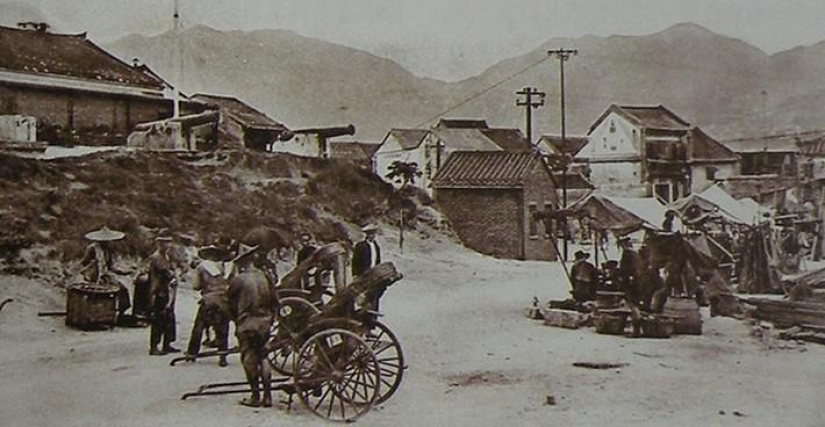
One of the episodes of that long history, which ended, of course, in favor of the white man who carried his burden with fire and sword, was the landing of the British landing on Hong Kong Island and the neighboring Kowloon Peninsula. On the peninsula, the British found only a small town of the same name Kowloon (translated as "Nine Dragons") and a fortified fort that served as the residence of a local mandarin. As a result of this First Opium War, Hong Kong Island was ceded to the British in 1842, and in 1898 a new convention was concluded that expanded the jurisdiction of the empire, over which the sun never sets, also to the peninsula (the so-called "New Territories"). Under the terms of the contract, which, as practice has shown, was strictly observed, Hong Kong and Kowloon were leased by the UK for the next 99 years under one small circumstance that had great consequences.
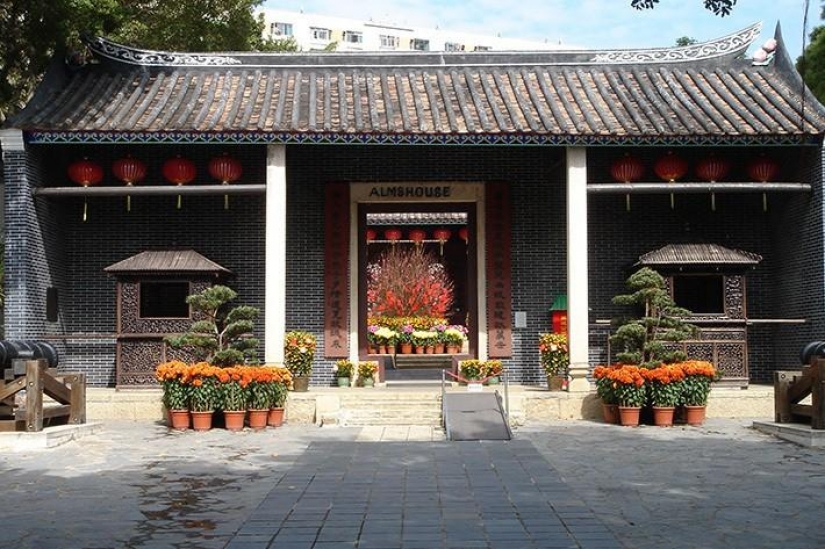
This circumstance is marked on the map above as Chinese Town ("Chinese City", at the top in the right corner). According to the convention of 1898, the fortified fort where Chinese officials lived was excluded from the lease agreement. It continued to remain the territory of the Qing Empire, forming a kind of enclave in the British colony. In those years, of course, no one could have imagined that this fact a few decades later would lead to the formation of a quarter in Hong Kong that has no equal on the third planet from the Sun in terms of population density.
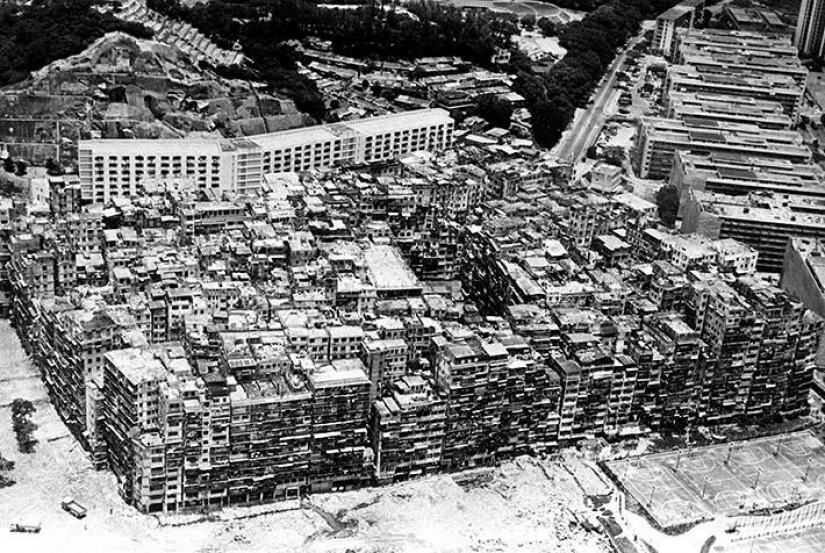
The extraterritoriality of the Kowloon fortress City was only nominal. In fact, the control over the fort, surrounded by powerful walls, was carried out by the British. During the Second World War, the peninsula was occupied by the Japanese, who dismantled the walls of the fortress and used the stone from them to expand the military airfield, which later turned into a Kai Tak, Hong Kong's main airport, is one of the most dangerous in the world.
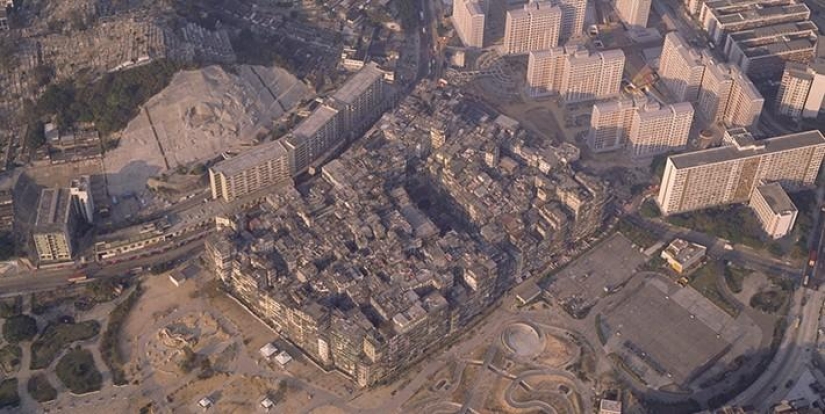
It all started after the end of World War II. De jure, the fortress city of Kowloon, even without fortifications, continued to remain the territory of China, surrounded on all sides by the British colony. In fact, the laws and administration of Hong Kong did not operate here, its residents did not pay taxes to anyone. Kowloon became a real black hole, a promised land for refugees from the "mainland" fleeing the civil war in China, where in the second half of the 1940s the Communist People's Liberation Army drove the Kuomintang puppets away from the future territory of the People's Republic of China with might and main.
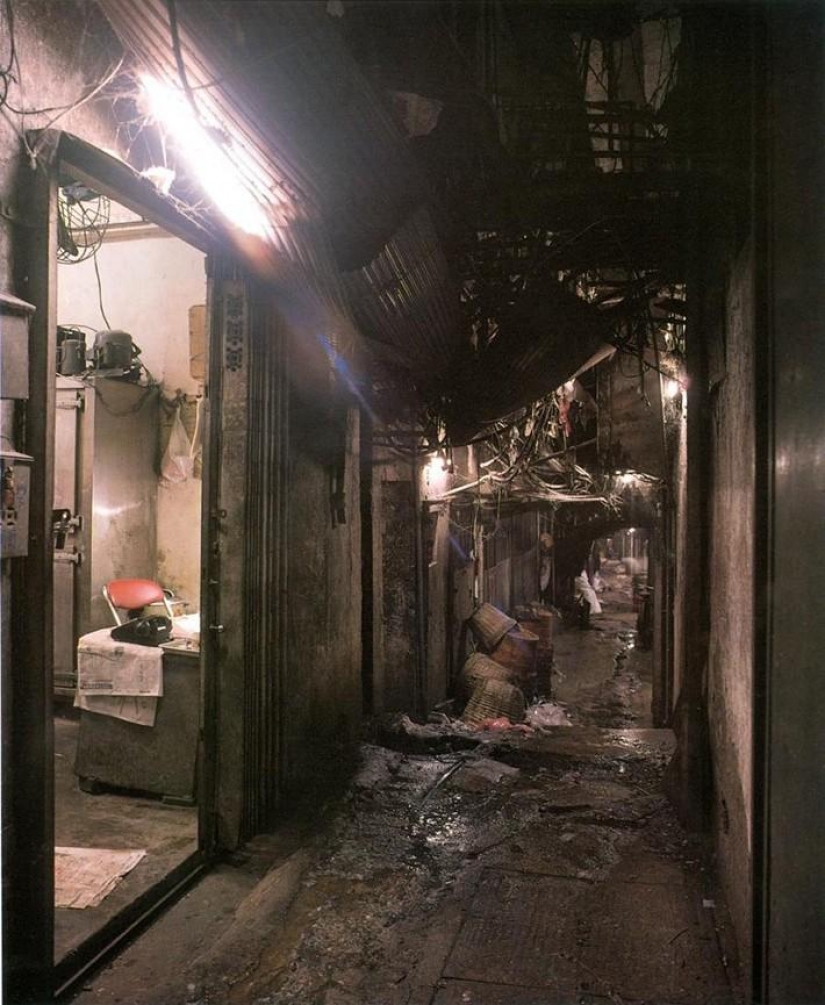
Hundreds, then thousands, began to flock to the territory of the former fort en masse, eventually turning into tens of thousands of squatters who took advantage of the status of Kowloon to start a new life formally still in China, but in fact, in the same Hong Kong, taking advantage of all its benefits, but existing at the same time almost completely independently. Any attempts by the British administration to prevent spontaneous construction on a small spot 210 meters long and 120 meters wide encountered resistance not only from local residents, but also from the PRC government, which threatened a diplomatic conflict in the event of any actions by the Hong Kong authorities on the territory they considered their own.
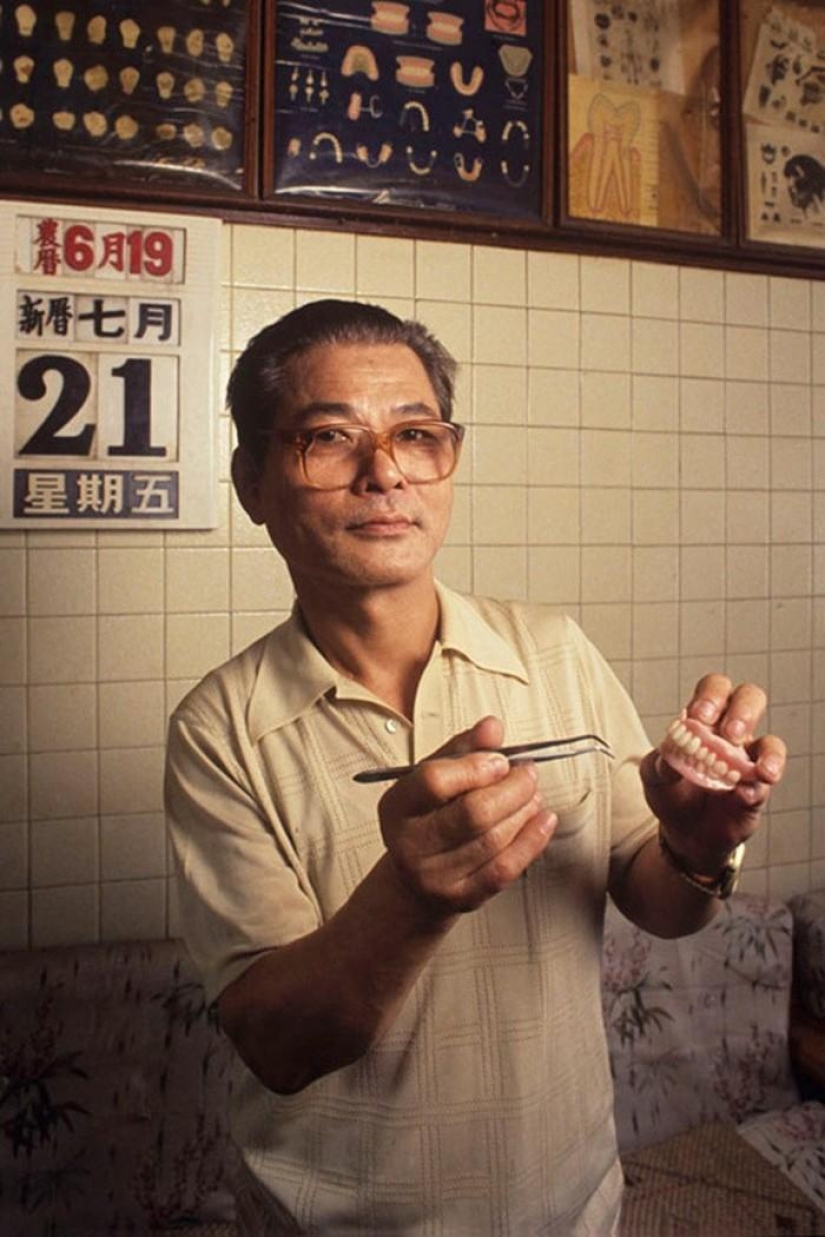
By the end of the 1960s, up to 20 thousand people lived on an area of 2.6 hectares, according to some estimates. Of course, no one can name the exact figure: it was impossible to keep any records of the residents of the fortress city.
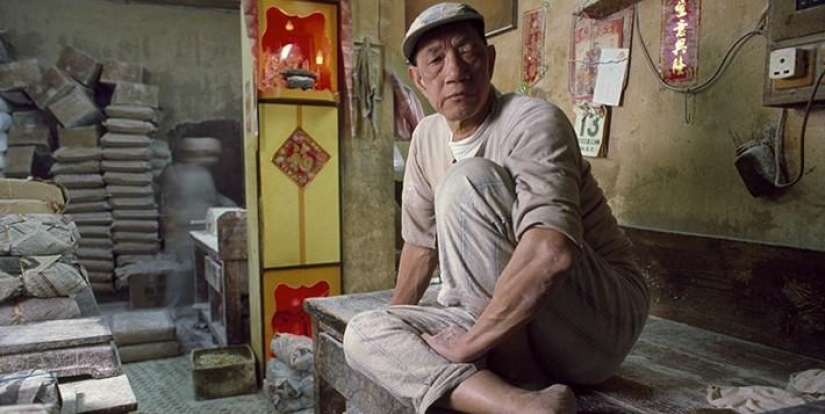
These tens of thousands of people demonstrated the wonders of survival and adaptation in an essentially anarchic society. No central water supply? It doesn't matter. 70 wells were dug, water from which was delivered by electric pumps to the roofs of buildings, and from there through a maze of countless pipes was sent to the apartments of consumers. Is there no electricity? Among the residents of the quarter there were many employees of the Hong Kong Electric company, who were perfectly able to illegally connect to the Hong Kong power grid and helped their neighbors in this.

The residents of Kowloon also built themselves. At first, one-, two- and three-storey houses appeared on the territory of the fortress city, successfully cleared of pre-war buildings by bombing by Allied aircraft. Then, as the population of the district increased, the number of floors began to grow rapidly. The density of buildings was also growing. This is how Kowloon has been changing for decades.

onethousandninehundredfortynine
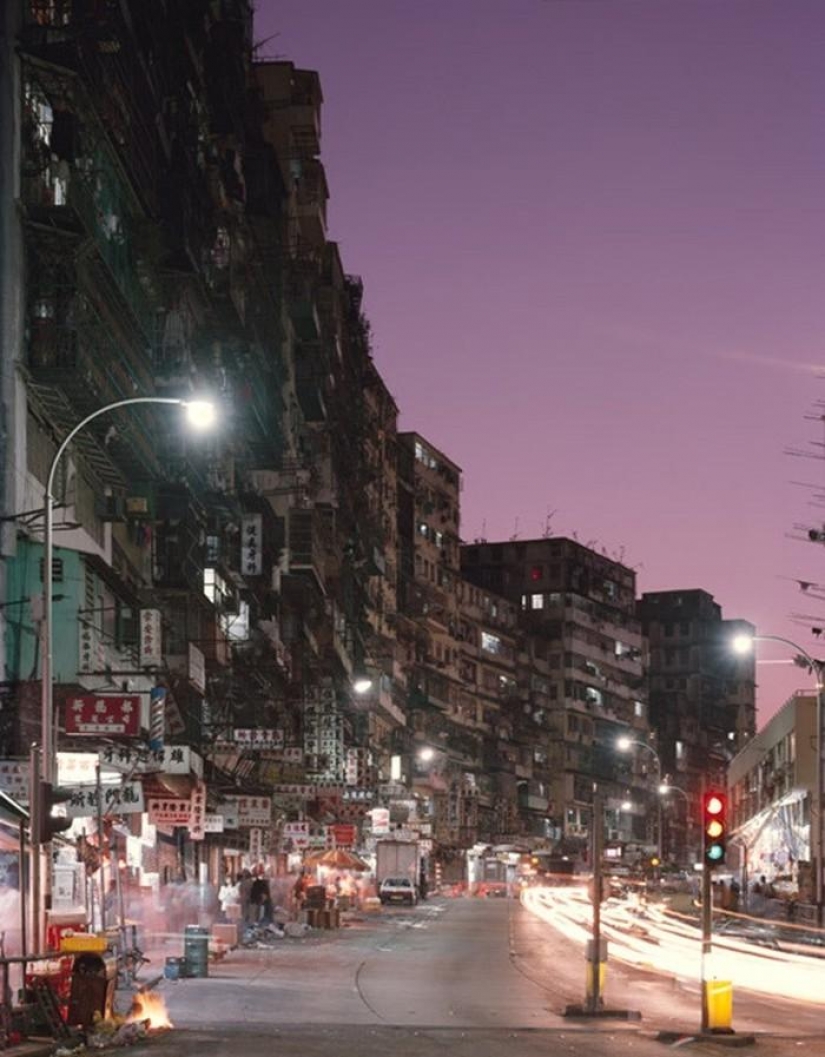
onethousandninehundredfiftysix
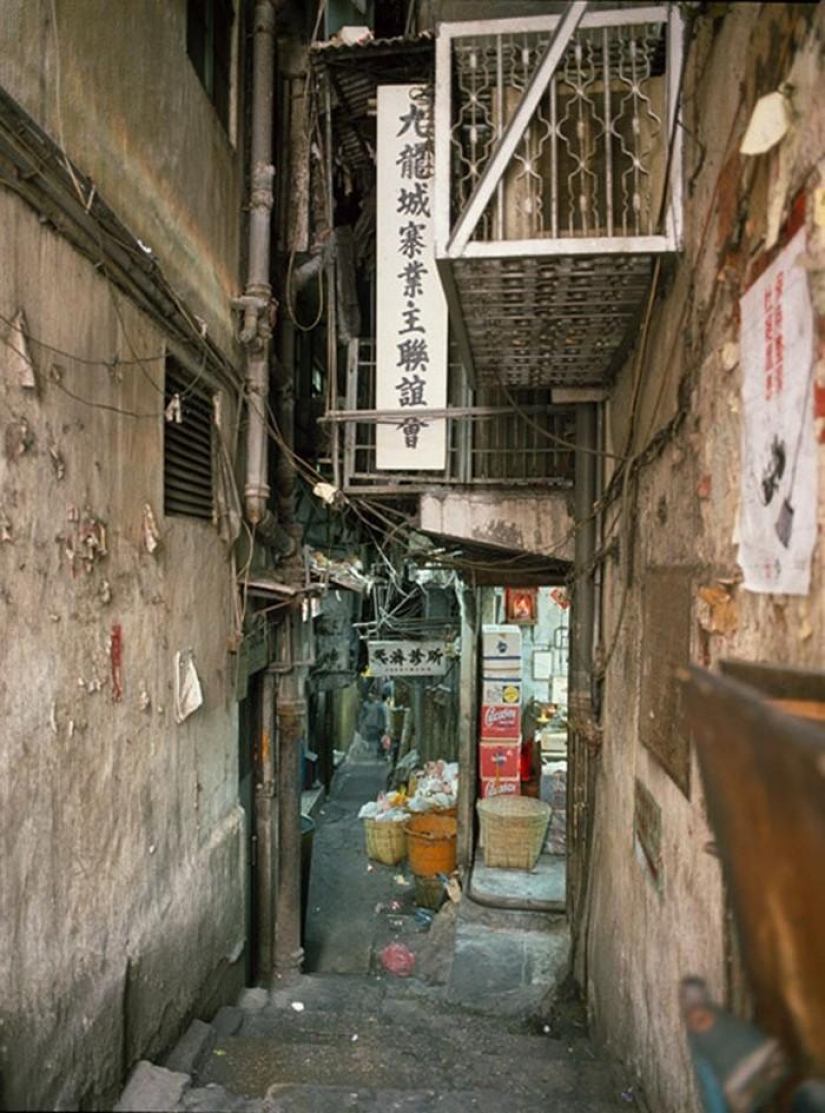
onethousandninehundredseventyfour
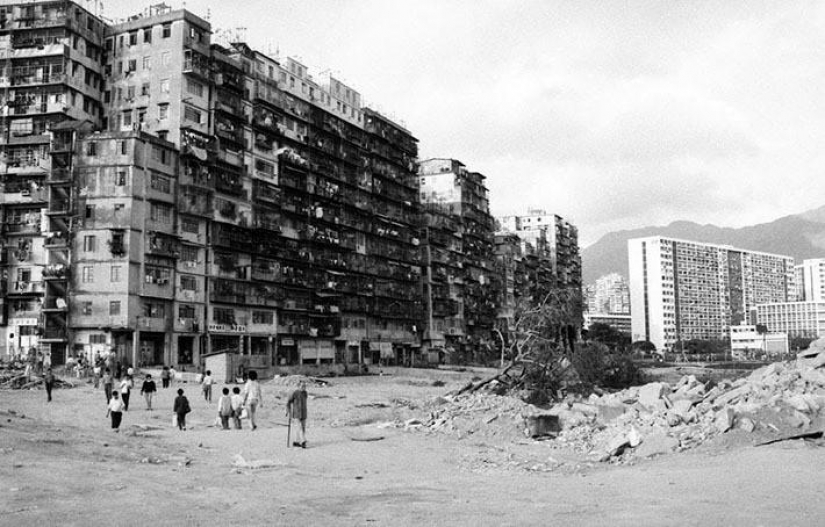
onethousandninehundredninetytwo
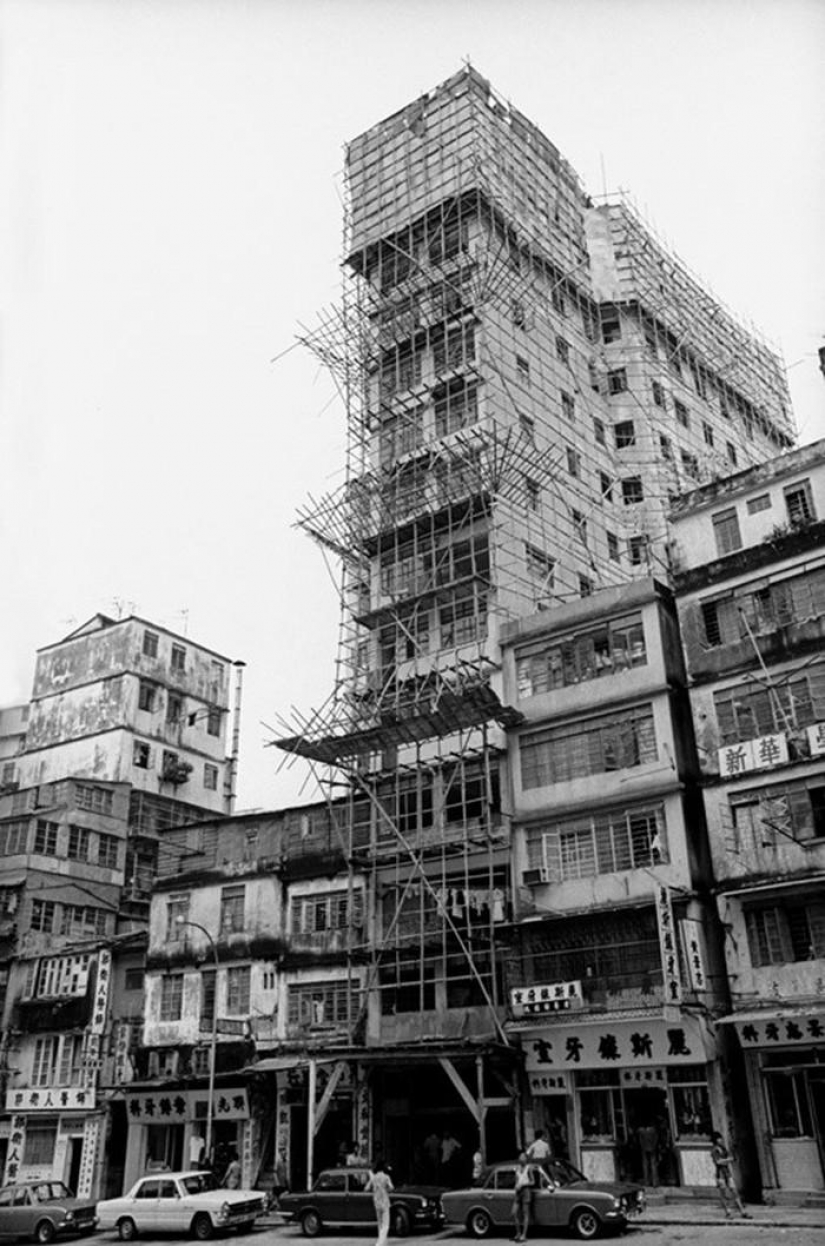
In fact, any vacant lot within the boundaries approved by the convention of 1898 received its own high-rise building. Only a small spot in the center of the block remained relatively free, where the yamen mandarin residence, one of the rare relics still reminiscent of the former history of Kowloon, has been preserved.

Around it, by the 1980s, about 350 multi-storey buildings were built, located so densely that from panoramic images Kowloon resembled, rather, one huge and monstrously ugly building.

There were, in fact, no streets inside the block. There were passages forming a network so intricate for the uninitiated that a stranger who got here rapidly lost his orientation in space. The buildings were so dense, and the Klondike space of anarchism was so valuable that high-rise buildings often hung over the aisles, not letting sunlight in there.
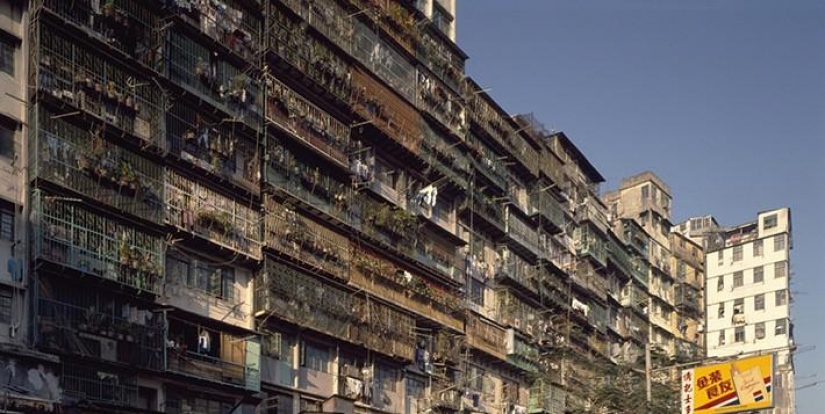
On the other hand, there were no cars inside the block, only hundreds of meters, kilometers of a maze of narrow alleys.
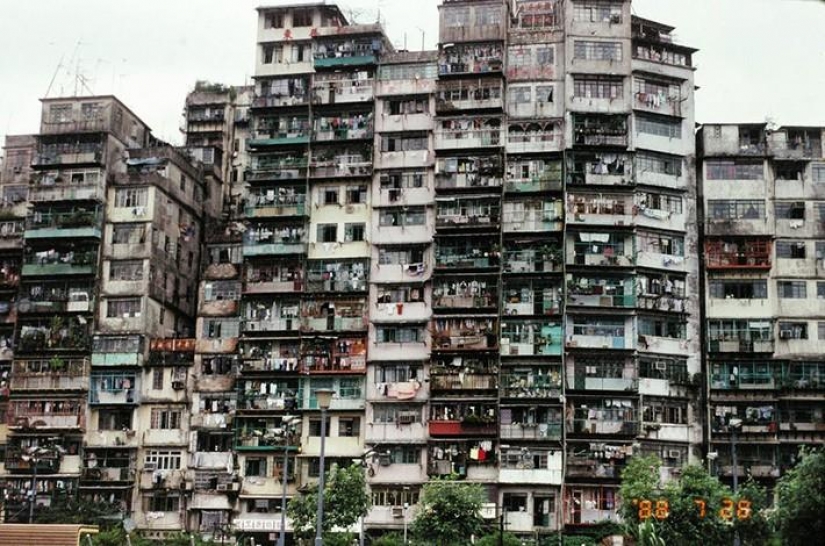
The passageways were illuminated only by rare lanterns and burning neon signs of countless shops, shops, hairdressers, medical offices that occupied all the first floors of buildings.
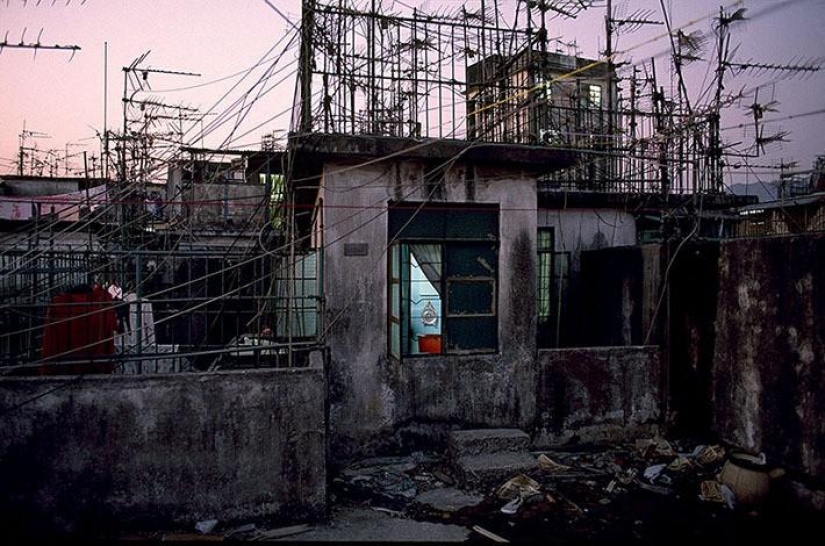
There were about a hundred dentists working here alone, and they had no end of customers. The absence of the need to obtain a medical license and pay taxes to anyone allowed them to keep prices for services at a level inaccessible to their colleagues from Hong Kong working on a neighboring, but already "civilized" street.
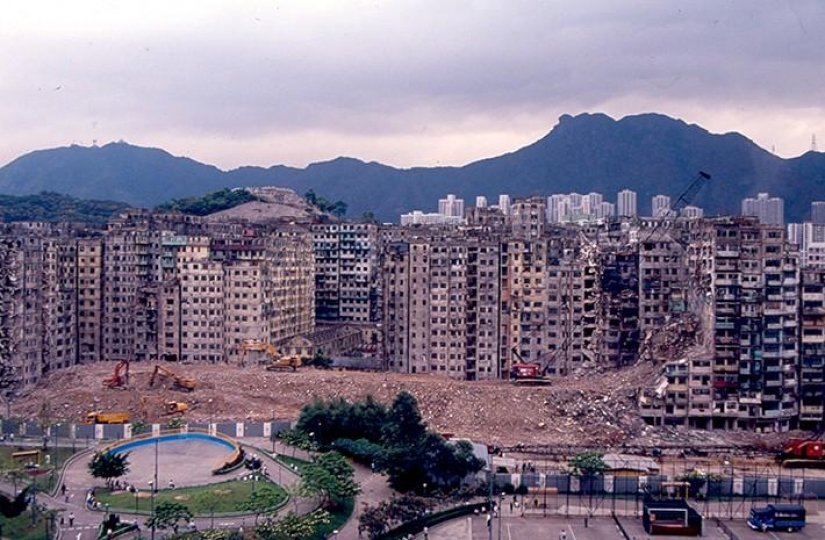
There were also a variety of small handicraft industries. Kowloon had its own industry: food, haberdashery, light. In fact, it was a city within a city, largely able to exist autonomously.
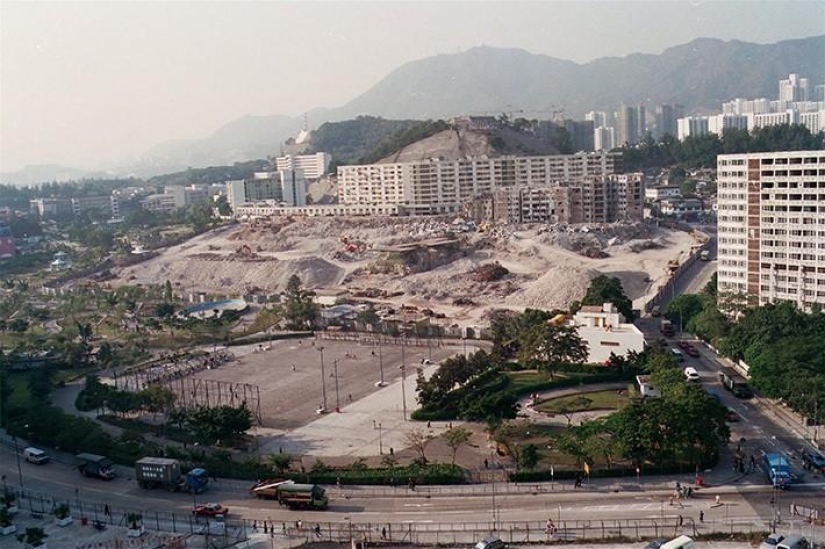
There were even several kindergartens and schools in the quarter, although mostly, of course, older family members looked after young children, and older children somehow managed to arrange for Hong Kong schools. There were no sports grounds, clubs, cinemas. In fact, the roofs became a space for socialization and recreation of the inhabitants of the area, where at least some free space could be found.

Children played and grew up here, their parents met and communicated, the older generation sat at a mahjong game.
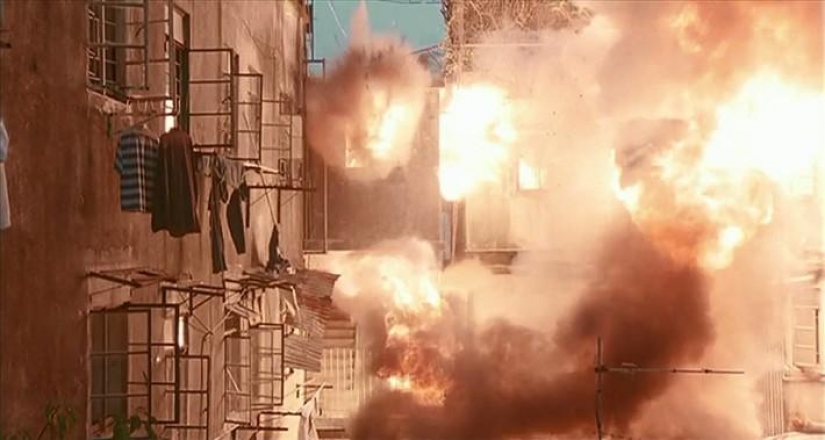
And huge planes flew over the roofs, which were within easy reach. The specifics of the approach to Kai Tak Airport, the one that the Kowloon fortress walls went to build, required pilots to make a dangerous, as well as spectacular turn immediately before landing.
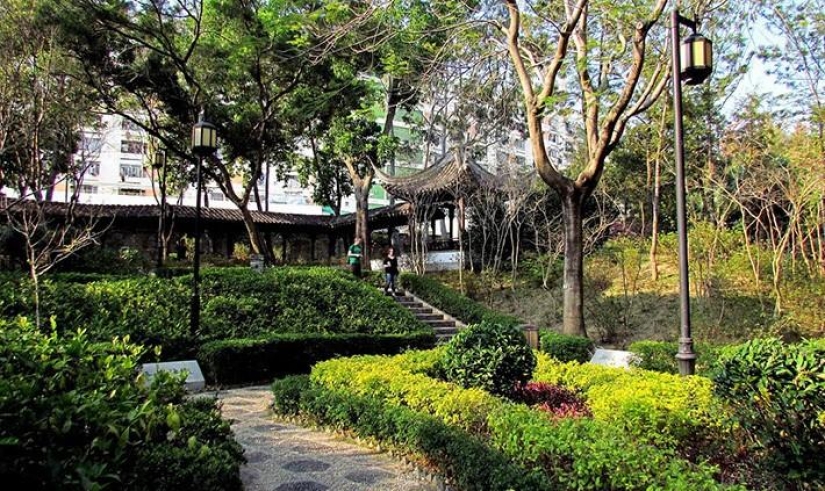
It began at an altitude of 200 meters, and ended already at 40, and somewhere in the middle of this most difficult maneuver for pilots was Kowloon, bristling with high-rise buildings, like rotten teeth. It was because of this neighborhood that the high-rise buildings of the quarter were limited to 14 floors - almost the only requirement of the Hong Kong administration that the residents of the fortress city fulfilled. In return, they received an amazing and completely free spectacle right above their heads.

In the first decades of the transformation of the old Chinese fortress into a residential area with its own special flavor, the only real force here were the triads - secret criminal organizations that were widespread in pre-war China.
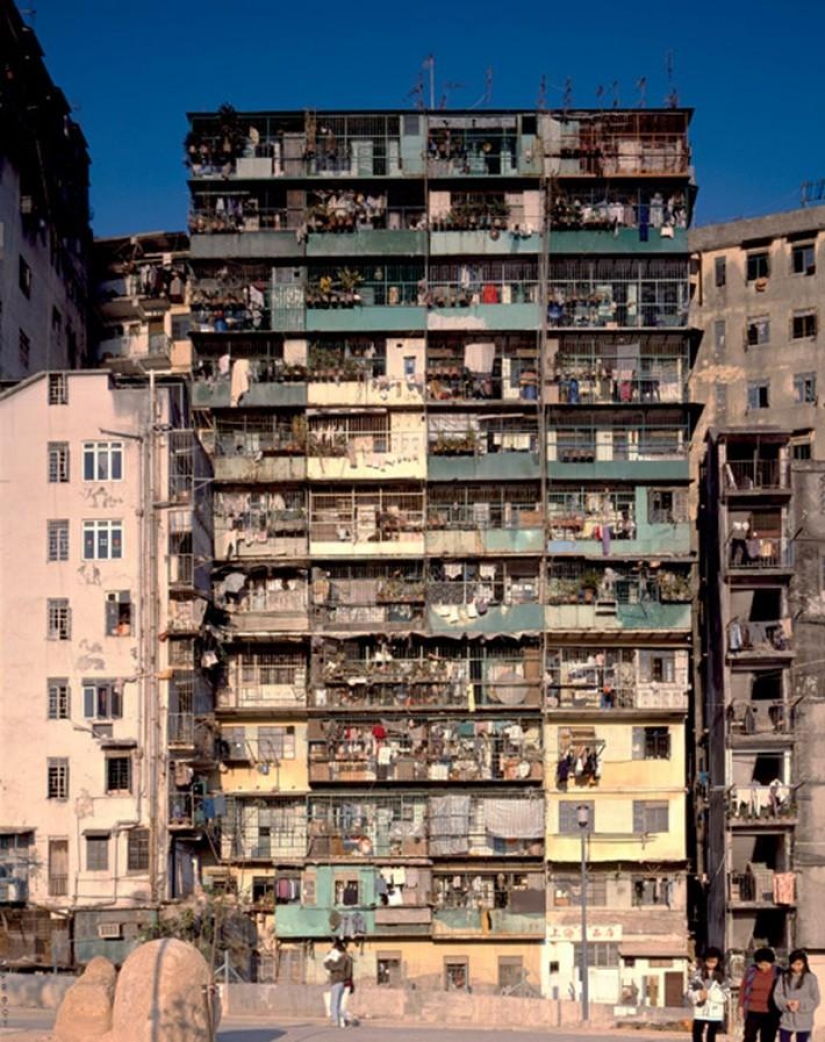
Taking advantage of the lack of interest in the quarter from the Hong Kong administration and its law enforcement agencies, they turned the area that had just begun to grow into a nest of various vices. Gambling establishments, brothels, opium dens have literally flourished in Kowloon.
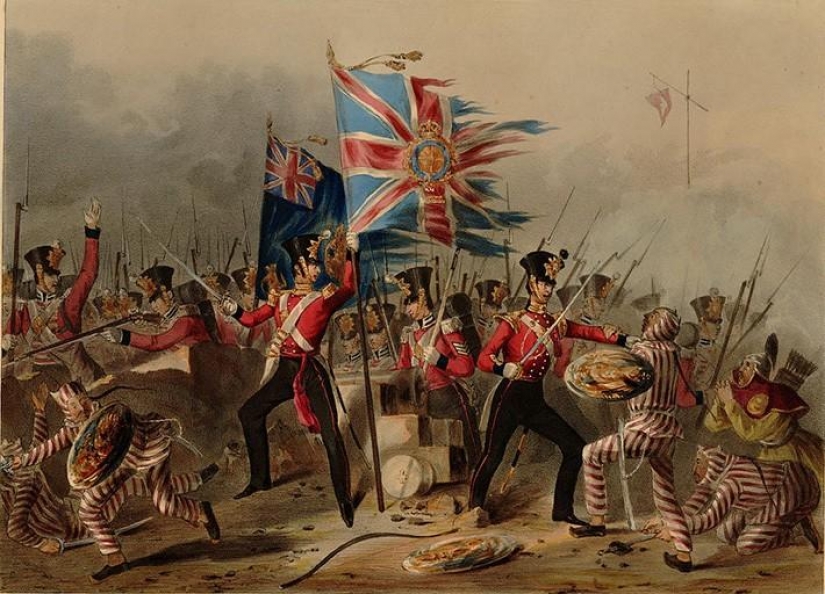
One of the Chinese writers described Kowloon of those years in his book "The City of Darkness": "Here on one side of the street there are prostitutes, and on the other a priest distributes powdered milk to the poor, while social workers give instructions, drug addicts sit with a dose under the stairs in the entrances, and children's playgrounds turn into a dance floor for strippers at night."
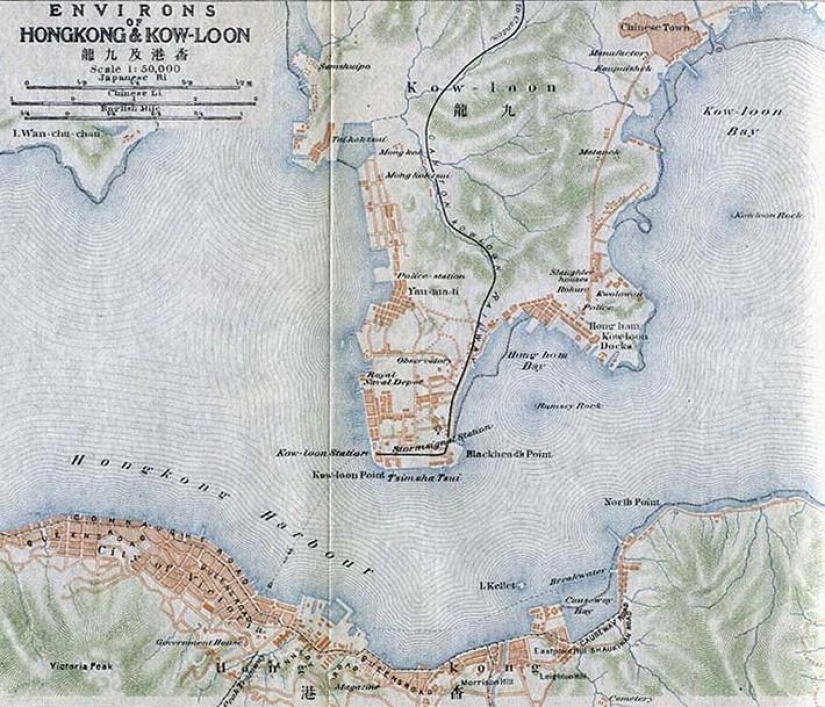
It was only in the mid-1970s that the Hong Kong authorities, who finally decided that they had had enough of this, and secured the approval of the PRC government, carried out a grand series of police raids that ended in actual expulsion from Kowloon of all organized criminal groups.
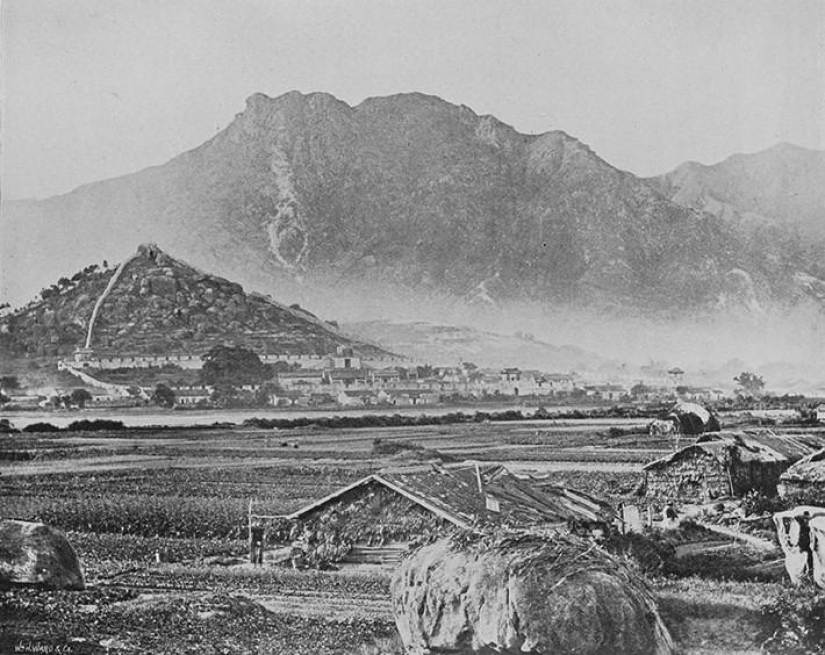
Despite its brutal appearance, the area from the point of view of the criminal situation was quite a quiet place.
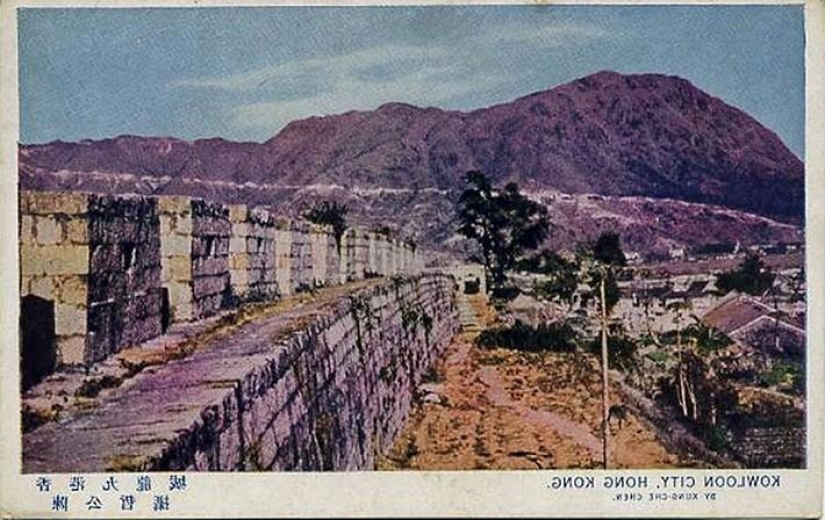
In the same years, centralized water and electricity supply and sewerage finally appeared here, mail began to be delivered to Kowloon.
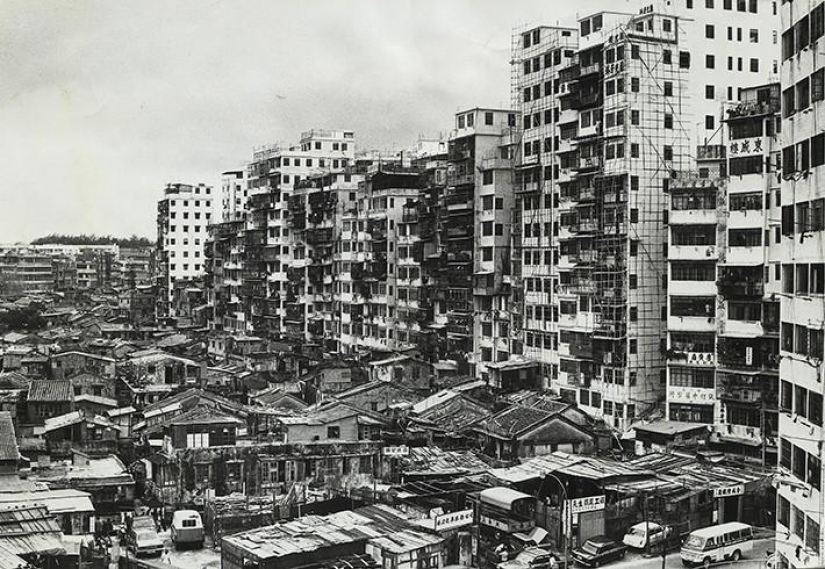
But these important changes for the better, which turned the fortress city into a more or less convenient place to live, did not affect the appearance of Kowloon in any way. Anarchy continued here, self-construction grew, there was no question of any major repairs of buildings or at least cosmetic renovation of facades. The quarter went down in history exactly like this.
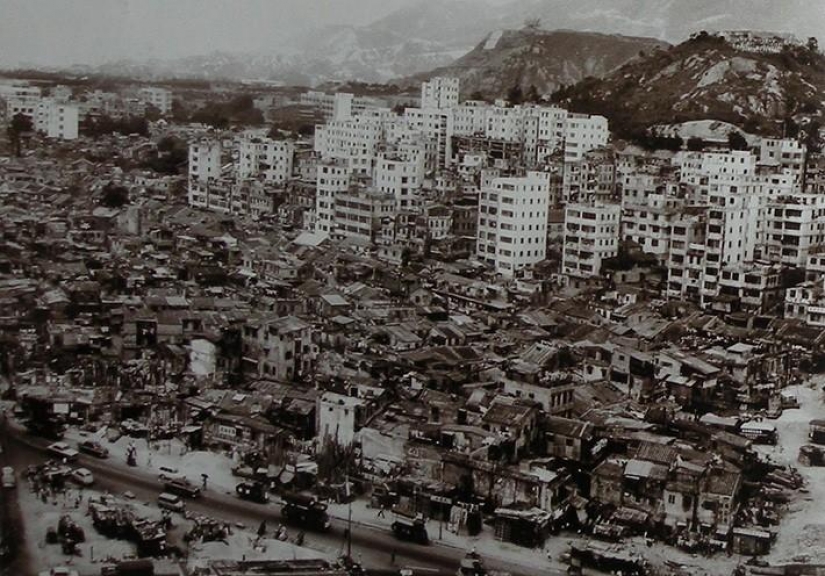
Most residents huddled in small apartments with an average area of 23 sq. m. Various extensions to the external and internal facades of buildings were widespread. Those finally coalesced, even a second, parallel to the ground, system of transitions was formed in the area already at some height from the ground. Kowloon was turning into a single whole organism, a huge "communal apartment", a building-city, as if it had come to the present from a post-apocalyptic future.
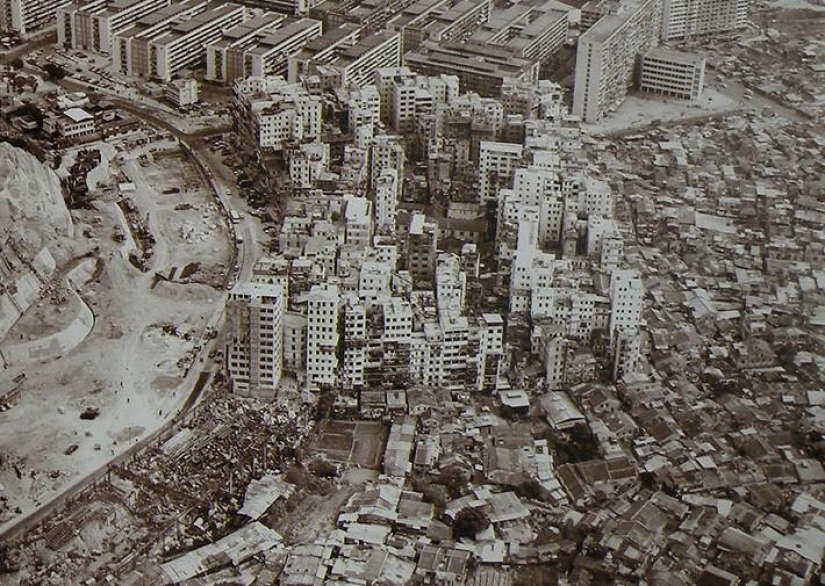
In 1987, the Governments of Great Britain and China concluded an agreement that settled the status of Kowloon in the light of the return of Hong Kong to Chinese jurisdiction in 10 years. The administration of the British colony finally got the right to demolish the block that disfigured its face.
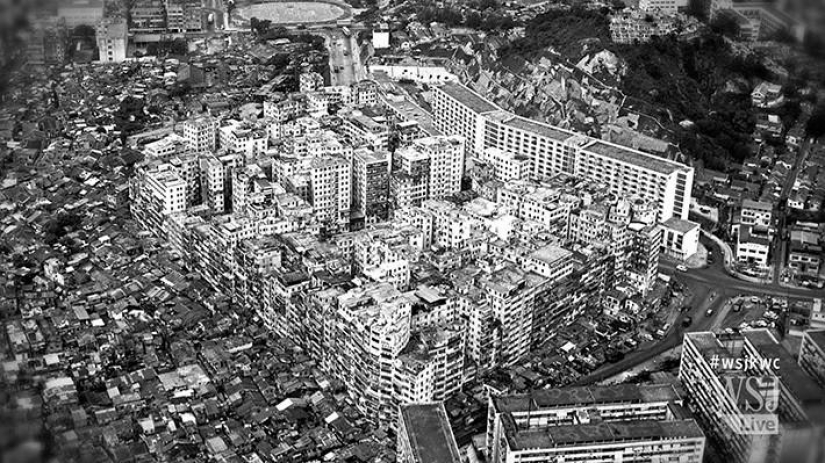
Demolition began in 1992-1993. All residents received either monetary compensation for the move, or apartments in modern new buildings in Hong Kong that were growing by leaps and bounds. And all the same, the process of destroying this anarchic relic, born almost a century ago, was accompanied by violent protests of aborigines who did not want to lose their usual freedom and way of life.
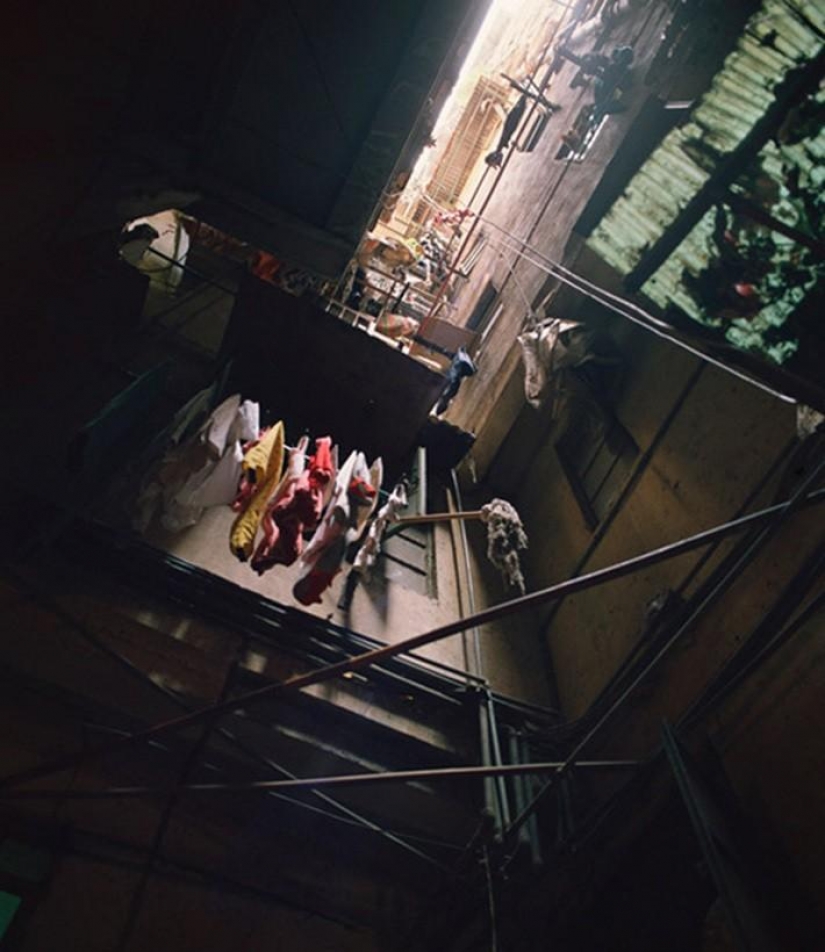
Nevertheless, Kowloon was doomed. It was demolished quickly, but the deserted area, which so regularly fell into the lens of cinematographers, managed to "light up" in the 1993 film Crime Story, in which the hero of Jackie Chan fights with the kidnappers of a Hong Kong businessman.
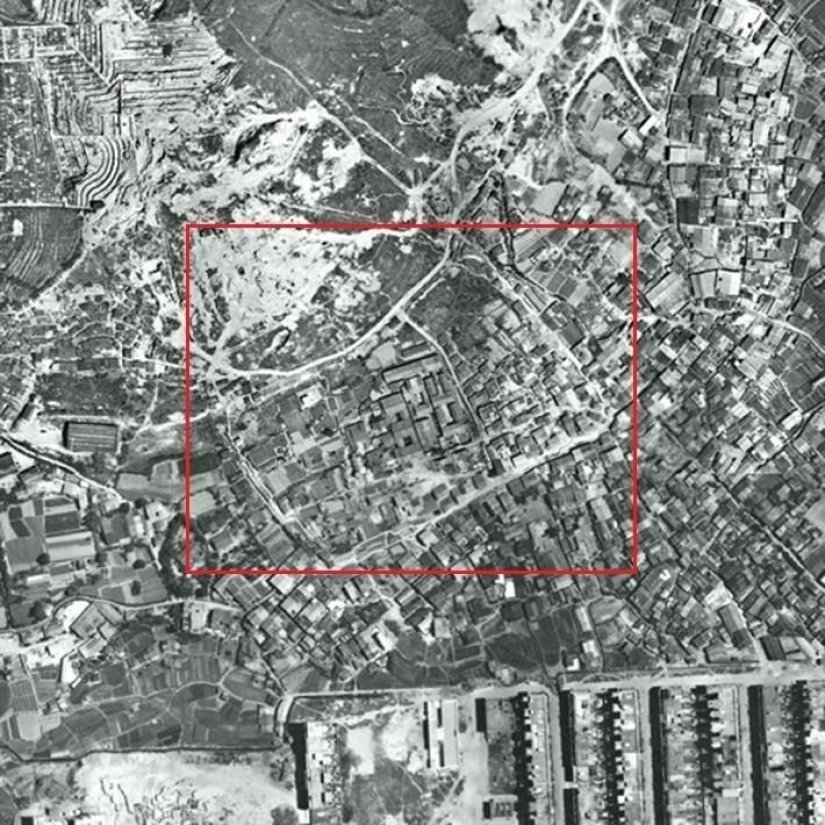
One of the key episodes of the film was filmed in Kowloon, and its impending liquidation allowed the creators of the action movie to shoot several spectacular scenes with explosions of residential buildings of the fortress city.

After the demolition, a picturesque park of the same name appeared on the site of Kowloon, repeating its outlines. Now it is a favorite vacation spot of local residents, and only a memorial with a mock-up of the quarter, which has become another attraction of Hong Kong, reminds of its phantasmagoric past.
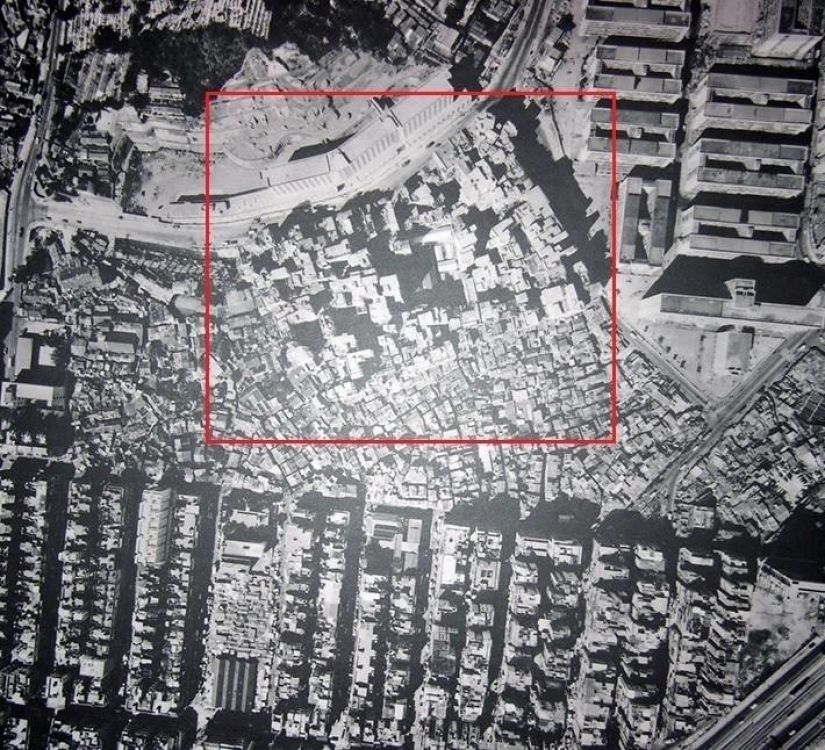
In 1987, when the Hong Kong administration and the Government of the People's Republic of China concluded an agreement that doomed the area to destruction, a study was conducted that made it possible to more or less accurately determine the number of its inhabitants. It turned out that about 33 thousand people lived here on 2.6 hectares. It was an absolute record of population density on Earth.
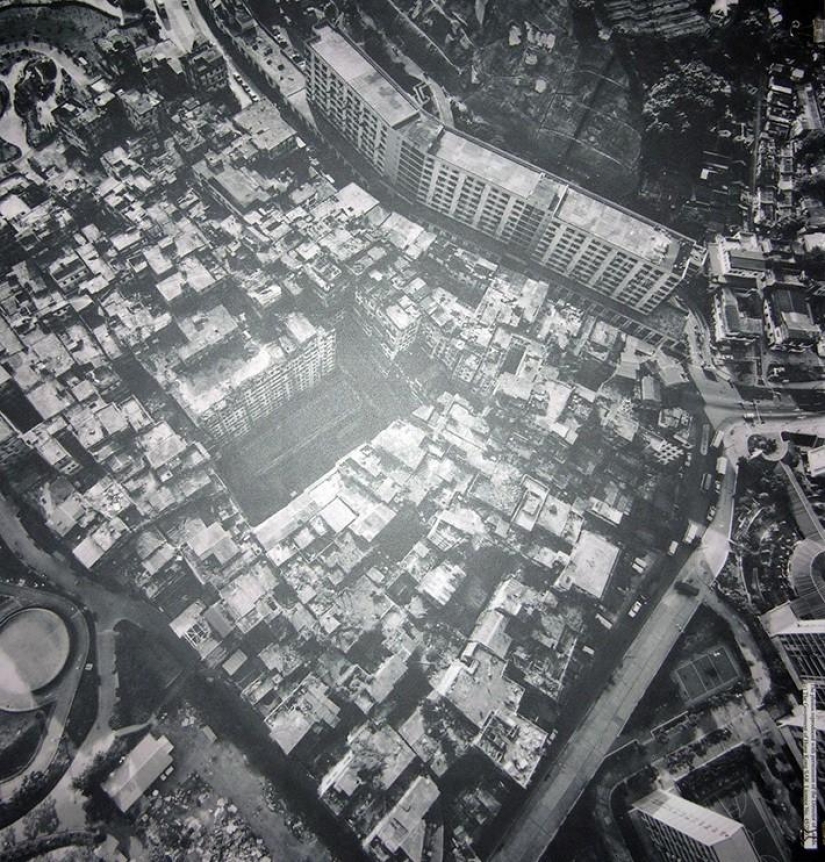
For comparison, if Kowloon had an area of 1 sq. km, 1.27 million people should have lived here. And if Moscow with its area of about 2500 square kilometers became Kowloon, then almost 3.2 billion people would live in the Russian capital, that is, the entire population of China, India, the United States and Indonesia combined.

Keywords: Hong Kong | City | District | Construction | Darkness
Post News ArticleRecent articles

There is hardly a person who is in your life for once would not have heard the comparison is "right as rain". That's just the ...

At all times, masters have created objects with secrets, striking with fine work and complex construction. The first such products ...
Related articles

In 1985, the Moscow publishing house "Soviet Russia" released a large album called "Volgograd", collecting the works of five Soviet ...

Artist Bovey Lee (Bovey Lee) continues the tradition of Chinese art "of Czarci" — cut patterns out of paper. Bovey Lee was born ...

Is it possible to use classical painting techniques, reflecting modern realities? What does a panic look like? Is it possible to ...

The breakfast of the Sun King, Louis XIV, became a real ritual at the Palace of Versailles. This French monarch, known for his love ...